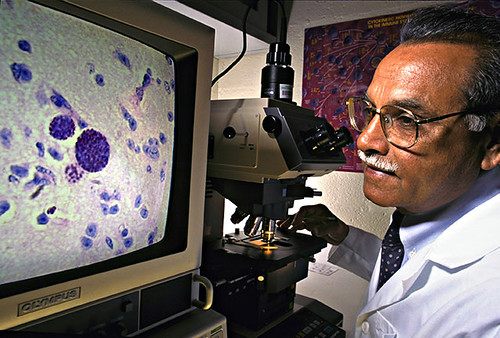
Mention the words “hall of fame” to most people, and they’re likely to imagine a stellar baseball player or someone who’s written a string of hit songs. But at USDA’s Agricultural Research Service, we have a Hall of Fame that isn’t about batting averages or popular tunes; it’s about changing the world.
Science is often incremental—adding yet another layer of information or data to an existing body of knowledge. But sometimes a researcher’s discovery is so innovative that it changes how we live our lives, feed the world, or interact with the environment.
To recognize those achievements, in 1986 we established the “ARS Science Hall of Fame.” The people in our Hall of Fame haven’t just benefitted agriculture; their scientific accomplishments reverberate in the lives of people worldwide, regardless of whether those people have any direct connection to agriculture.
For example, one of our inductees this year, Jitender P. Dubey, is the scientist who discovered that cats can carry the parasite Toxoplasma gondii and shed the parasite’s eggs, called oocysts, in their feces. If a previously uninfected pregnant woman ingests some of those eggs, there’s up to a 50 percent chance that her baby will be infected and will be born blind, mentally retarded or with other medical problems.
Today, practically any American can tell you, “Pregnant women aren’t supposed to clean the cat’s litter box.” But before Dr. Dubey’s discovery, the danger was unrecognized, and the toll in human suffering was devastating.
That’s just one of the amazing stories you can read about our Science Hall of Fame inductees, featured on the Web here. I hope you’ll take the time to visit and learn more about how fame isn’t always about sports prowess or super-stardom; sometimes it comes through a microscope or a test tube.

